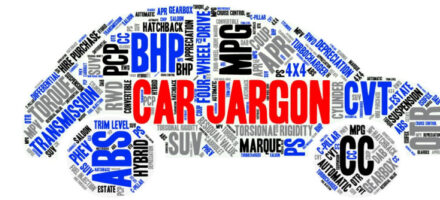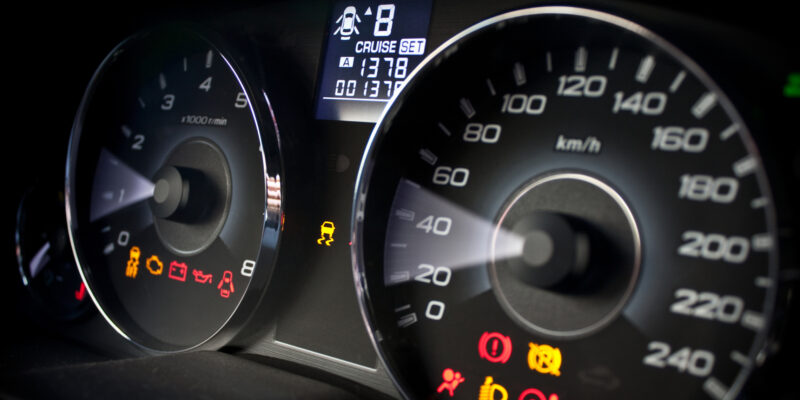
Understanding Your Car Warning Lights And What You Should Do About Them
We’ve all been there – you’re driving along and suddenly one of the car’s warning lights flashes up on the dashboard. Common sense tells you it means that something is not quite right, but do you know exactly what the problem is?
A recent study found that more than half of motorists (59%) were unable to identify some of the most common warning symbols. Would you count yourself among that number, or are you clued up on the various car warning lights and their meanings?
With Road Safety Week helping to heighten awareness regarding the welfare of all road users, we felt now was the perfect opportunity to offer some clarity on what the warning lights mean in your car. So, if you’re less than confident about your knowledge, strap in and read on.
What do the car dashboard warning lights mean?
Typically, the lights on your dash will either show up as red or yellow. A red warning light in your car means you need to stop the vehicle as soon as it is safe to do so, as continuing to drive could cause serious damage or endanger yourself and other road users.
Meanwhile, a yellow warning light in your car means that you need to take action in order to address the issue. However, it may be that your vehicle can still be driven for a short time until you are able to correct the problem.
From time to time, you may also see green warning lights on your dashboard, but these are for information purposes and are not an indication that something is wrong.
How to turn off the warning lights in a car
If you’re wondering about how to reset your car’s warning lights so that they no longer show up on the dashboard, the simple answer is that you can’t and, more importantly, you shouldn’t.
If one of them has lit up, that is a sign that something is not right with the car and you need to try and address the problem as quickly as possible. It may be that it is a relatively easy fix and something you can do yourself. If it’s something more serious then you should call upon the experts to carry out a service or undertake a vehicle check.
But first of all, it helps to have an idea of what some of the more common car warning lights actually mean, and what you should do when they flash up.
The red warning lights in a car
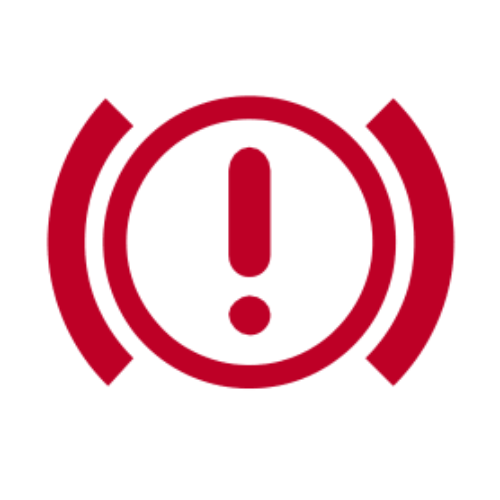
Brakes
This should go off whenever you release the handbrake. However, if it remains on even when the handbrake is not in operation, it could be a sign that your brake fluid is low. Some motorists will know how to check their brake fluid levels themselves, but for many it will be time to call in the professionals to have a look.
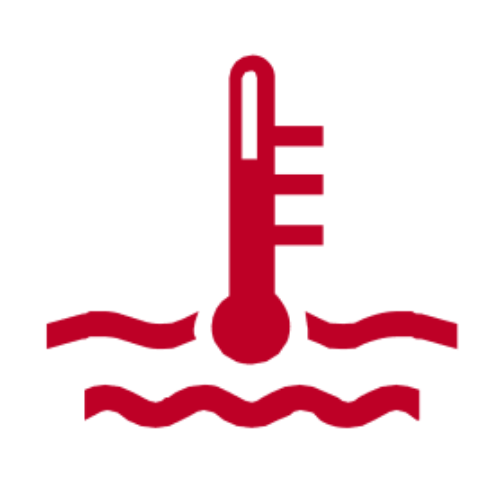
Coolant
This car warning light is an indication that the engine is overheating. If it shows red, you need to stop driving as soon as possible as there is the potential to cause serious damage to the engine. You may need to add more coolant, but if levels are adequate then you will need to get in touch with roadside assistance.
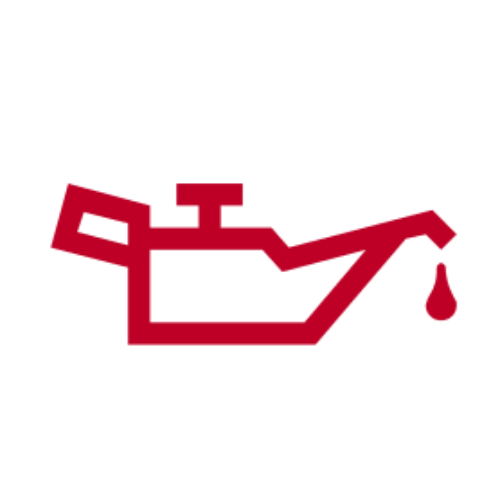
Oil
This is usually a sign that the oil pressure is too low, or that its temperature is too high. If the light is showing yellow, it’s likely that levels are down and you need to top up. If it’s showing red, turn off the engine and check the levels. If they seem to be ok, contact roadside assistance before going any further.

Battery
This car warning light symbol means the battery is not charging, possibly due to a faulty connection, your car’s electrics, or an issue with the battery itself. If your vehicle won’t start, you’ll need to phone for assistance, but if it does, get to a repairer before you run out of juice.
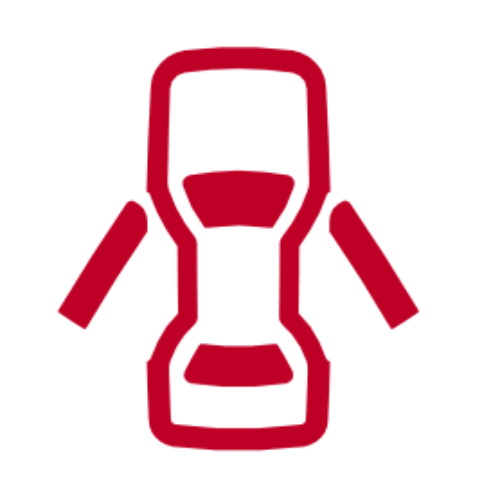
Doors
This symbol is designed to let you know that not all doors have been shut correctly. Before driving anywhere, make sure all of them are closed properly and if for some reason the light does not go out, get in touch with an authorised repairer.
The yellow warning lights in a car

Engine
This car dashboard warning light means that something within the engine’s system is not operating as it should. Usually, you will also experience a lack of power. If restarting the engine after 30 seconds doesn’t turn off the light, it’s time to call in the experts.
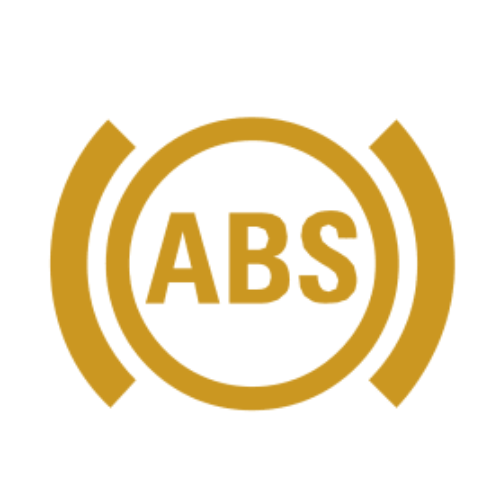
ABS
This symbol is an indication that the anti-lock braking system is not working as it should. You can still drive when this light shows, but be sure to take extra care and keep your distance from cars in front until you can see a repairer.
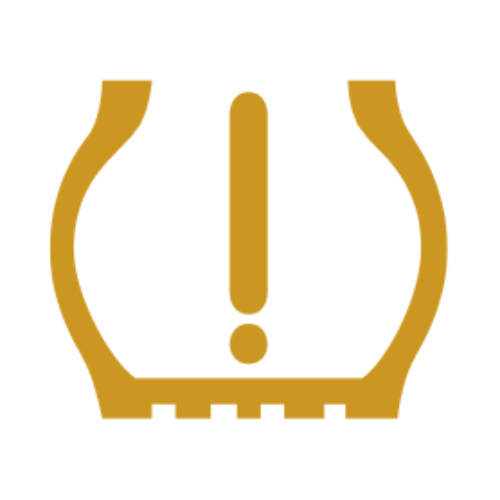
Tyres
This is a common yellow warning light in a car, which indicates that the pressure in one or more of your tyres is low. You should still be able to drive when this symbol is showing, but doing so with low pressure can reduce stability and safety, so it’s best to get to a petrol station as soon as you can to top up the air.

Washer fluid
If you see this light on your dash, you need to refill the windscreen washer fluid. This issue will not affect the mechanical operation of your vehicle, but it can cause hazardous driving conditions if your windshield becomes dirty and visibility is reduced. Washer fluid is relatively cheap to buy and the tank is usually situated under the bonnet.
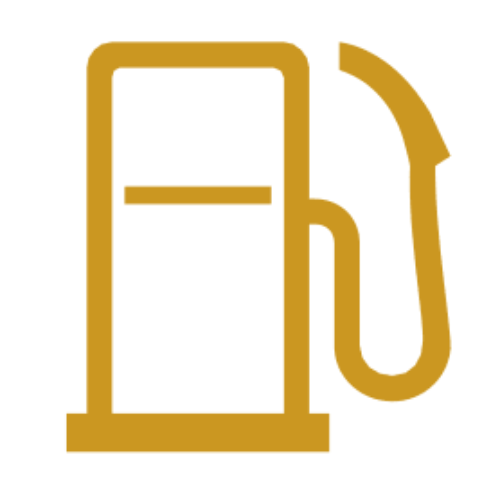
Petrol
It’s perhaps the most recognisable of a car’s warning lights, but we felt it was worth including in our list. That’s because many motorists will see how many extra miles they can eke out even when this symbol lights up. But the truth is that can harm your engine, so it’s always advisable to get to a garage and fill up as soon as you see this symbol on your dash.
Car warning lights flashing up? Jardine Motors can help
Hopefully now you’ll have a better understanding of the some of the most common car warning lights and their meanings. It could be that you are able to fix the issue yourself with a touch of tinkering or with a timely visit to the local petrol station.
But for more serious problems, it’s crucial that you turn to the professionals. Otherwise, you could end up causing major damage to your car as well as possibly endangering yourself and other road users.
If you’re having problems and one or more of your car warning light symbols are showing, get in touch with your local Jardine Motors dealership or pay a visit to one of our workshops. You can book a service, schedule an MOT or request a vehicle health check and our experts will be only too happy to take a look and fix the problem for you.
You Might Also Like
A Guide To Safe Motorway Driving
How To Maintain Your Car When You're Not Driving Regularly
Our Top Tips: How To Drive Safe In Europe
Visit our YouTube channel, where you can find more car reviews and walkarounds by our fantastic experts.


